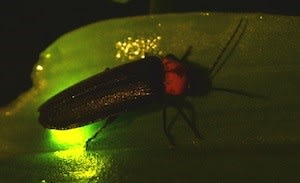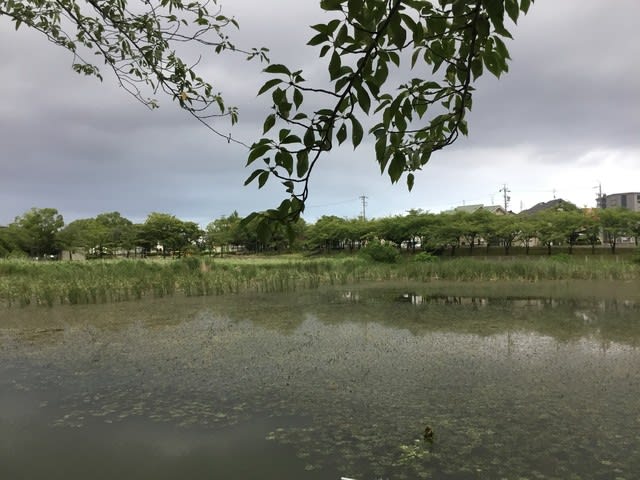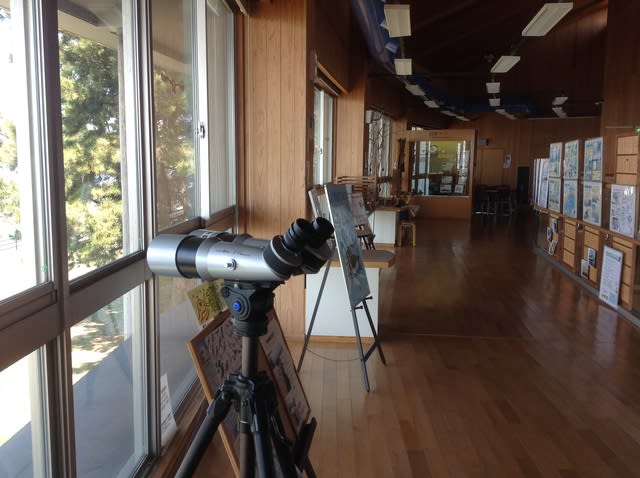I would like to inform observing larva of Genji-Firefly ay Firefly school.


Firefly school exists at East of Okazaki city in Aichi prefecture.
I ride Meitetsu train from Nagoya to Motojyuku station, and ride a taxi about 20minutes, arrive at Firefly school.

Firefly school was Tokkawa elementaly school.
Tokkawa elementaly school discontinued 7years ago.
Okazaki city change this school to Firefly school.

Firefly school breed fireflies.
Early June, lots of firefly shine lights near this school.



In the entrance aquarium, larvae hatching from the eggs in late June and lots of semisulcospira are raised.



After entering the firefly school entrance, and I go ahead a shallow container so that the firefly larvae are easy to see.
You can see the larvae, that are 5 - 8 mm length, are walking when the clerk moves the stone.



When Firefly becomes an adult, it drinks only water, and die in about a week.
During one week, male and female matings and birth children.

Genji fireflies live only in the clear stream.
I want to keep the river clean, and want to see firefly shine forever.
Please observe the firefly's larva as well as seeing the firefly shine lights.
That's it.


Firefly school exists at East of Okazaki city in Aichi prefecture.
I ride Meitetsu train from Nagoya to Motojyuku station, and ride a taxi about 20minutes, arrive at Firefly school.

Firefly school was Tokkawa elementaly school.
Tokkawa elementaly school discontinued 7years ago.
Okazaki city change this school to Firefly school.

Firefly school breed fireflies.
Early June, lots of firefly shine lights near this school.



In the entrance aquarium, larvae hatching from the eggs in late June and lots of semisulcospira are raised.



After entering the firefly school entrance, and I go ahead a shallow container so that the firefly larvae are easy to see.
You can see the larvae, that are 5 - 8 mm length, are walking when the clerk moves the stone.



When Firefly becomes an adult, it drinks only water, and die in about a week.
During one week, male and female matings and birth children.

Genji fireflies live only in the clear stream.
I want to keep the river clean, and want to see firefly shine forever.
Please observe the firefly's larva as well as seeing the firefly shine lights.
That's it.


























































